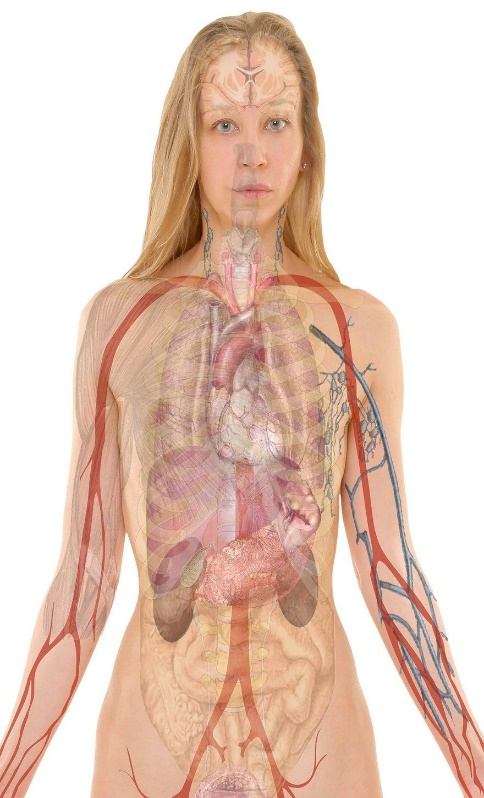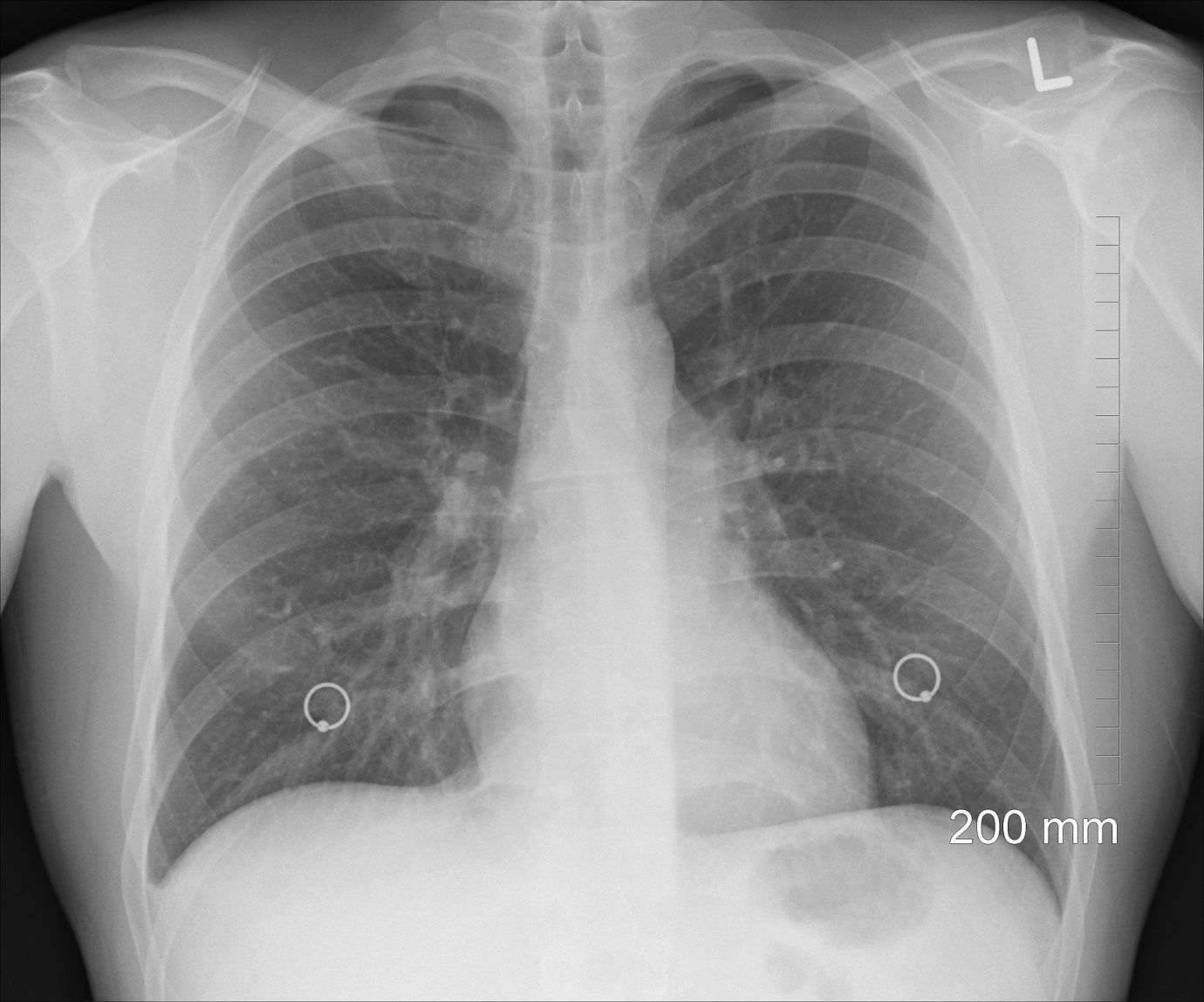Difference Between Breathing And Respiration
Question
Task: What are the major differences between breathing and respiration?
Answer
Most of the students who are pursuing their degree in the medical discipline face confusion in the difference between respiration and breathing. Though students have some nominal information regarding it, they find it extremely difficult to provide a valid and relevant discussion regarding it in the final examinations. Students often have to face high penalties in the academic evaluation because of writing down the false description. Since these two processes are a bit contextually similar, students often get confused about the difference between breathing and respiration. We have published this article to provide the readers with some clarity over the major difference between breathing and respiration so that higher marks could be scored in the final academic evaluation.

Definition of respiration
It is under the category of the involuntary biochemical process where the process of respiration is classified under. It is at the cellular level, where the process of respiration takes place. In the process of respiration, the reaction between the components of glucose and oxygen takes place, creating byproducts like water and carbon dioxide. The major result from the process of respiration is the generation of basic energy units which are also termed ATP.
It is the basic necessity of organisms to possess the energy to carry out various activities. Both the activities coming under the category of physical nature and chemical nature requires energy to be carried out (Schulz, 2009). The basic dynamics in a living body like sustaining the required temperature in the body, repairing the injuries, appropriate growth, etc. require a substantial amount of energy. Whether it is an animal cell or a plant cell, the activities could only be carried if there is sufficient availability of energy.
The activity of respiration could be classified into different sections: Anaerobic respiration and Aerobic respiration. The components of oxygen and glucose are the necessary ones in this reaction, and as a byproduct, water vapour and carbon dioxide are expelled from the system. The aerobic reaction takes place at the mitochondria, which is also termed as the powerhouse of the cell.
The instance of anaerobic respiration takes place when there is a dearth of oxygen for conducting normal aerobic respiration. The instance would majorly happen when the organism is conducting an intense activity or workout. The rate of energy produced in the anaerobic reaction is less when compared to that of the amount of energy produced in the aerobic production. As the byproduct of anaerobic respiration, lactic acid gets accumulated in the cytoplasm of the cell. The same phenomenon would lead to the condition of fatigue, muscle cramps, and pain in the body (Bernasconi & Kohl, 1993).
The instance of anaerobic reaction would be apparently observed in the microorganisms like bacteria and yeast. The act of such microbes would help us in fermenting various food products. The anaerobic respiration process constitutes to be the base concept behind producing wines and other intoxicating beverages. The extensive emission of carbon dioxide while the anaerobic process would help in preparing bakery products and pieces of bread.
Kreb’s cycle and associated Glycolysis
It is after renowned scientist Hans Krebs that the Krebs cycle is named. The process of Krebs cycle signifies the process in which the molecules of glucose which consists of six carbon atoms are further disintegrated into smaller three-carbon pyruvate molecules. An estimate of two pyruvic acid molecules is generated from a glucose molecule in a Krebs cycle. The processes in the Krebs cycle could be classified as redox, hydration, decarboxylation, and dehydration, which eventually ends up in the production of ATP units. ATP stands us the acronym for the Adenosine triphosphate, which acts as the carrier of enzymes (Roberts, 1991).
The chemical reaction of Glycolysis is strongly associated with the Krebs cycle. As mentioned in the previous section of this article on the difference between breathing and respiration, the process of Glycolysis would convert the huge glucose molecule with six carbons into smaller three-carbon pyruvate molecules. The cycle would repeat twice for each molecule of glucose entered into reaction since the production of two pyruvic molecules occurs. The anaerobic reaction is resembled by the process of Glycolysis and majorly happens in the cytoplasm of the cells. The respiratory reaction which doesn’t come under this category would be termed as aerobic respiration. It is by these two processes that the respiration would take place in the living organisms (Wallin, 2010).
Definition of breathing
The process of breathing comes under voluntary activity in living organisms. It is a biophysical activity and consists of the inhalation and exhalation of the air within the lungs. It is the muscles present in between the ribs which contract and dilates to make the process of breathing possible. The muscles present in the diaphragm plays a major role in the process of breathing. It is in between the abdominal cavity and the thoracic cavity that the muscle layer of the diaphragm is present.

It is the downward movement of the diaphragm muscles, which makes possible the intake of oxygen-rich gas into the lungs. It is through small capillaries that the oxygen would get dissolved within the blood. The term breathing could also be denoted by the phrase ventilation (Flynn, 2008).
Below are listed down some stages of breathing: -
Exhalation/ Expiration
The process of exhalation would occur when the intercostal muscles in the diaphragm would relax. The upward movement of the diaphragm would happen when the muscles surrounding it would relax. The complex movement of the intercostal muscles would let the rib cage and associate muscles to relax. The coordinative movement could cause the thoracic cavity to reduce its volume. The hike in pressure would be observed in the cavity by the substantial decrease in volume, and later the air gets sucked into to compensate for the pressure.
Inhalation/ Inspiration
The three associated intercostal muscles and diaphragms move cordially to cause the process of inhalation. The air gets sucked when the diaphragm moves downwards. Simultaneously the ribcage moves outwards to create extra volume. The pressure within the thoracic cavity gets considerably low when compared to the atmospheric pressure, and the oxygen-rich air gushes into each alveolus. This process is exactly the opposite as followed in exhalation (Bendixen, 1964).
The basic difference between breathe and breath
Both of the terms seem to be very similar, and students often get confused between these two terms Breathe refers to the process in which the air is exhaled and inhaled into the lungs. The total cycle of this activity is termed to be breath. If perceived from a grammatical outlook, the term breathe signifies a verb whereas the term breath signifies the noun version of the same context.
Detailed outlook on the difference between breathing and respiration
|
Parameters |
Breathing |
Respiration |
|
Mode of operation |
It is through the particular respiratory organs or system that the process of breathing takes place. |
It is at the cellular level that the process of respiration would take place. If described in particular, it takes place at mitochondria. |
|
Motive |
The major motive behind conducting this process is to provide the body with the appropriate exposure to oxygen-rich medium and required space to expel the byproducts. |
The process of respiration focuses on breaking down the large molecules of glucose. It is only after the breaking down of these elements that the required energy for proper working is derived out. |
|
Inside/ Outside cell |
The process of breathing takes outside the cell and is more of a physiological activity. |
It is at the cellular level that the process of respiration would take place. |
|
Location |
Within lungs |
Within cells |
|
Enzymes |
No enzymes are involved in this process. |
The process of respiration could not be carried out without the involvement of various enzymes. |
|
Amount of energy produced. |
No energy is produced while pursuing the activity of breathing. |
The particular Energy units are created during the process of respiration. |
|
Nature of the process |
It is under the voluntary action in which the act of breathing could be classified. It is the biological process of inhalation and exhalation, which involves breathing. |
Respiration is a biochemical process and involuntary process. It consists of several stages, like the Krebs cycle and Glycolysis. |
We hope that you would have acquired some basic understanding regarding the concept of the difference between breathing and respiration through the above-provided table.
Close link of breathing with that of the cellular respiration
There is a significant and crucial link between the act of respiration and breathing. The cellular respiration would not happen without the proper supply of oxygen, and it is only by breathing that the required oxygen could be infused into the bloodstream or other connective tissues. Its energy is synthesized and accumulated within the cell by the process of respiration. The oxygen which is received by the act of breathing is used by the cell as the hydrogen receptor. Thus it could be understood that both the process of breathing and respiration is highly reliable on each other. The higher insight into this aspect would give much clarity over the concept of the difference between breathing and respiration.
References
Bendixen, H. H., Smith, G. M., & Mead, J. (1964). The pattern of ventilation in young adults. Difference between breathing and respiration, Journal of Applied Physiology, 19(2), 195-198.
Bernasconi, P., & Kohl, P. (1993). Analysis of coordination between breathing and exercise rhythms in man. Difference between breathing and respiration, The Journal of physiology, 471(1), 693-706.
Flynn, M. R., & Bush, J. W. (2008). Underwater breathing: the mechanics of plastron respiration. Difference between breathing and respiration, Journal of Fluid Mechanics, 608, 275-296.
Roberts, J. (1991). Breathing and respiration. Difference between breathing and respiration, In Mastering Human Biology (pp. 177-206). Palgrave, London.
Schulz, S. M., Ayala, E., Dahme, B., & Ritz, T. (2009). A MATLAB toolbox for correcting within-individual effects of respiration rate and tidal volume on respiratory sinus arrhythmia during variable breathing. Difference between breathing and respiration, Behavior Research Methods, 41(4), 1121-1126.
Wallin, B. G., Hart, E. C., Wehrwein, F. A., Charkoudian, K., & Joyner, M. L. (2010). Relationship between breathing and cardiovascular function at rest: sex?related differences. Difference between breathing and respiration, Acta physiological, 200(2), 193-200.












